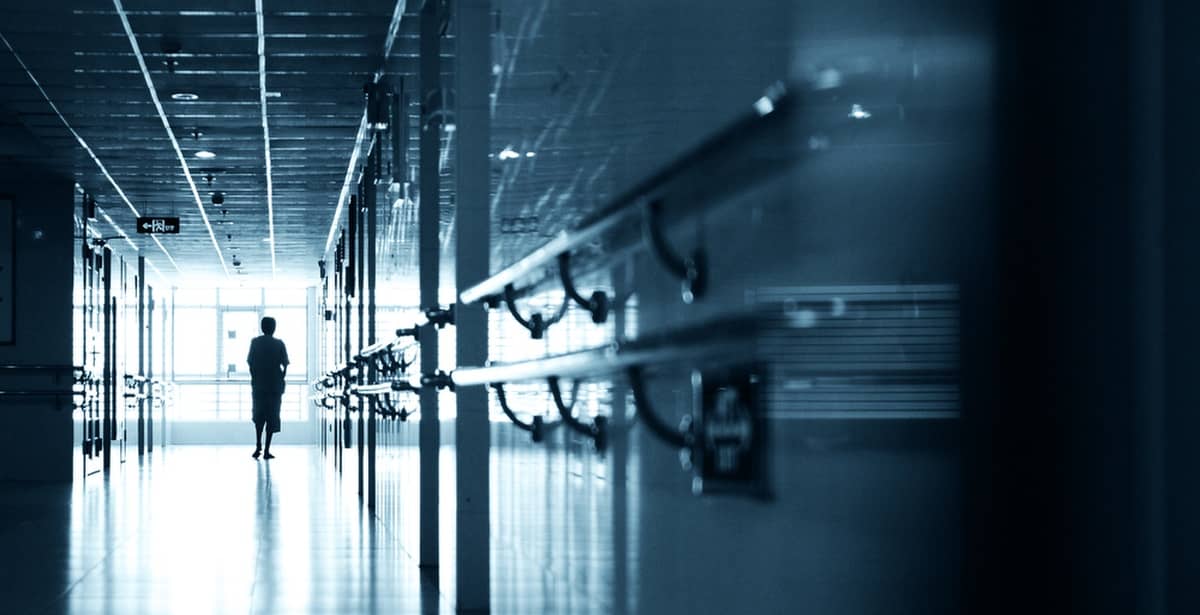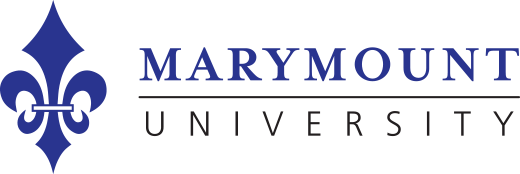The Nursing Shortage in America: Current Statistics

While the United States continues to grapple with the fallout from the COVID-19 pandemic, one thing remains clear: The nursing shortage is persistent. The nursing shortage has been discussed by people who study health care resources for many years. But several factors are coming together to make the need for registered nurses (RNs) more acute than ever before.
Request Your Free Program Guide
Current Nursing Shortage Statistics
Nationally, the rate of job growth for registered nurses is projected by the Bureau of Labor Statistics (BLS) to be 7% for the years 2019–2029. This employment outlook for RNs sounds terrific for people choosing nursing as a career, but the reason why there will be so much potential for growth is because the nursing shortage is looming.
Part of the growing need for RNs traces to the increasing rates of retirement among nurses. The American Association of Colleges of Nursing (AACN) reports that 1 million nurses will retire by 2030. A study presenting nursing shortage statistics states that there are approximately 3.9 million nurses in the United States, and about a quarter of those are 50 years old or older, so the next 15 years will see more RNs retiring. The BLS predicts that each year 175,900 new nursing positions will be available due to vacancies created by retiring nurses.

How Demographics Affect the Nursing Shortage
Despite slight improvements in the numbers of registered nurses finding employment in a given city or region, the overwhelming problem is one of a mismatch: There are simply many more people requiring nursing care than there are nurses to care for them.
In the United States, the population cohort known as the “baby boomers” (people born between 1946 and 1964) has moved firmly into retirement age. Although, as a group, they are living longer than their parents’ generation, they tend to have more health problems than their parents. Fewer boomers smoke or use tobacco than members of the prior generation, but widespread obesity has contributed to their acute and chronic health problems.
The National Council on Aging estimates that roughly 85% of older adults have one chronic disease, and 60% have two or more chronic conditions.
Because boomers, who are now in their 60s, 70s, and 80s, face the health problems associated with aging and myriad conditions and diseases, RNs are needed to provide care for patients facing cardiovascular problems (like hypertension, heart attack, and stroke), orthopedic issues (such as osteoporosis and joint replacement), cancer, dementia, diabetes, and more. And since the boomers were, until recently, the largest population group with 71.6 million members, many health care workforce analysts fear there will be too many patients for the system—and available nurses— to handle.
It’s Not Only the Boomers Who Need Nurses
Demographics show that millennials (those born between 1981 and 1996) recently became the largest population group, surpassing the boomers in 2019. As a group, millennials are also facing their middle-age years with a striking number of chronic conditions. A Blue Cross Blue Shield Health Index study of medical claims found that a third of millennials “had substantially higher diagnoses for eight of the 10 top health conditions” when compared to Gen X (those born between 1965 and 1980). Some of those conditions include asthma, type 2 diabetes, and hypertension (as reported in a 2021 survey), all conditions that can benefit from diligent and compassionate nursing care.
The long and short of it is the nursing shortage can affect anyone across the age spectrum who faces disease, injury, or chronic illness.

The Shortage of Nurse Educators
When experts and policymakers talk about a variety of shortages in well-educated or highly skilled job candidates, they often mention the “pipeline problem,” meaning there aren’t enough desirable candidates ready for or accepted into the right programs. For nursing, there is a pipeline problem, but the difficulty is with the “pipe” itself. There are more applicants for bachelor’s- and master’s-level nursing programs than there are faculty and other critical resources available to prepare them.
The AACN report “2019–2020 Enrollment and Graduations in Baccalaureate and Graduate Programs in Nursing” showed that more than 80,000 qualified applicants were turned away from nursing programs in 2019 due to “an insufficient number of faculty, clinical sites, classroom space, clinical preceptors, and budget constraints.”
Work Conditions and Job Satisfaction Play into the Nursing Shortage
It is no secret that the healthcare industry in general, and hospitals in particular, are facing huge pressures to keep costs down. One way that hospitals ease that financial pressure is to discharge patients as soon as possible. Sometimes patients can return home safely for rest and recuperation, but in many other cases, patients are released to long-term care facilities or outpatient care centers for rehabilitation or follow up.
A less appealing way for hospitals to keep costs down is to hire fewer nurses or refuse to replace those who leave. In this circumstance, the nurse-to-patient ratio becomes imbalanced, which is stressful for nurses and potentially harmful for patients.
The Importance of Appropriate Staffing Levels
Studies have shown that when nurses are stretched too thin, either caring for too many patients or working too many hours, the risk for errors increases. According to the American Association of Critical-Care Nurses, “Evidence confirms that the likelihood of serious complications or death increases when fewer registered nurses are assigned to care for patients. A substantial body of evidence indicates better patient outcomes occur when registered nurses provide a higher proportion of care hours in healthy work environments.”
In one study on nurse staffing levels, nurses reported on the types of errors that typically happened when staffing fell to below-optimum levels. These adverse events included administration of the wrong medication, pressure ulcers (bed sores), and patient falls that resulted in injury.
Hospitals and other facilities should strive to maintain the appropriate staffing levels to care for their patient population. One guiding principle from the American Association of Critical-Care Nurses offers that when there are appropriate staffing levels, there is higher job satisfaction among nurses, which leads to lower staff turnover. Fighting a nursing shortage is beneficial for all concerned—hospital administration, medical staff, patients and their families, and nurses.
Covid-Related Nursing Shortage
Specific data for nursing shortages that have been caused by the COVID-19 pandemic are not yet available, but there is anecdotal evidence that caring for COVID patients in such unrelenting numbers is leading to stress, burnout, resignations, and retirements among some nurses.
Jaime Caldwell, president of the South Florida Hospital and Healthcare Association, was quoted for a news story, saying, "Staffing, especially nurse staffing, has been an issue for as many years as I can remember, but the pandemic made it worse. The pandemic caused a perfect storm in a sense—we saw some nurses retire, others leave because of the risks the job involved, and others are leaving the field because of increasing work shifts."
The Centers for Disease Control and Prevention (CDC) published guidance for hospitals facing shortages of health care personnel (HCP) in acknowledgment that the pandemic presented unique risks to nurses and other personnel, and hospitals should be prepared to face shortages. Among the guidelines offered, the CDC said on its website:
“At baseline, health care facilities must:
- Understand their staffing needs and the minimum number of staff needed to provide a safe work environment and safe patient care.
- Be in communication with local health care coalitions, federal, state, and local public health partners (e.g., public health emergency preparedness and response staff) to identify additional HCP (e.g., hiring additional HCP, recruiting retired HCP, using students or volunteers), when needed.”

A Variety of Workplace Options
While the vast majority of registered nurses work in general medical and surgical hospitals, there is also a need for RNs in other care settings. BLS data for 2019 listed these types of sites where nurses are employed and how many there are in the U.S. (rounded to the nearest thousand):
- Hospitals — 1.7 million
- Physician offices — 198,000
- Home health care services — 178,000
- Skilled nursing facilities — 151,000
- Outpatient care centers — 148,000
These numbers mean that roughly 60% of RN positions are attached to hospitals. But there is great variety in the roles that registered nurses can pursue both within and outside of the hospital setting, including those listed above, as well as in clinics, wellness centers, hospice care, camps, schools, community centers, and more.
For example, patients are receiving more therapeutic services through outpatient care centers. These offer services as varied as same-day chemotherapy, rehabilitation, and even certain types of surgery. In addition, nurses are needed to care for patients undergoing a large number of procedures, including sophisticated procedures that were previously done only in hospitals but are now taking place in physicians’ offices and ambulatory care settings.
Another work option RNs can consider is becoming a travel nurse. RNs sign on with an agency that lines up positions by area of expertise (such as ER, catheterization lab, medical-surgical, etc.) in towns, cities, or states where there is a need for full-time or part-time temporary staff. This can be an attractive option for nurses who can be away from home for 12–13 weeks at a time. Pay rates for travel nurses tend to be higher than the usual rate for the position.
Choosing Nursing as a Second Career
People who have been working in a field other than nursing might see this looming need as an opportunity to join the ranks of registered nurses. A study reported in the Online Journal of Issues in Nursing showed that people who made the switch to a career in nursing fell into three broad categories:
- People who want to share their skills and knowledge from both their nursing education and their earlier career.
- People who are seeking more satisfying work on a daily basis.
- People who have a desire to help others that is not fulfilled by their current career.
Moreover, many employers value second-career nurses because they are seen as committed to the field and bring maturity and strong clinical skills with them.
Like most in-demand professions, nursing is a career with solid earning potential. The national mean annual salary for RNs is $80,010. Salaries increase with experience and further specialization.
Launch Your Nursing Career through Marymount Online
A good nursing education is the foundation for anyone seeking to thrive in the field. Women and men with a bachelor’s degree in another field of study who are looking to make a career change into nursing can take advantage of online programs, such as the Accelerated Bachelor of Science in Nursing (ABSN) offered by Marymount University Online.
The program offers these benefits and more:
- Students can pursue the majority of their coursework online and complete their BSN in the time it would normally take to earn an associate’s degree.
- A nursing program is grounded in Catholic values emphasizing compassion, personal growth, and service to others.
- Integrated, no-cost clinical placement makes it easier for students to undertake this critical aspect of their learning.
In addition, the Arlington, Virginia-based university across the river from Washington, D.C. has a great reputation—it has been ranked as a Best Regional University—South, and Best Value School—South by U.S. News & World Report; and a Veteran-Friendly Yellow Ribbon School by the Department of Veterans Affairs. Most importantly, all of Marymount’s online classes are accredited by the CCNE (Commission on Collegiate Nursing Education).
You can help solve the nursing shortage by becoming a passionate, well-rounded registered nurse dedicated to making a difference in their community. Get started by requesting your free ABSN program guide today.
Request Your Free Program Guide
